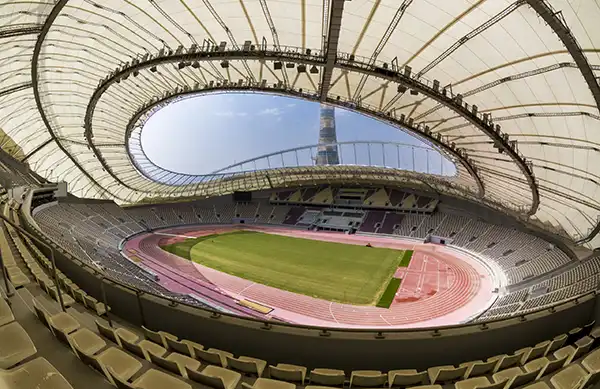Qatar made its first debut in the World Cup for the first time in 2022. This will be the 80th team to play on the FIFA World Cup. Having been nominated to host the World Cup 2022, it has received a lot of questions on how the temperatures will be controlled. Qatar will also be the first country in the middle East to host the World Cup due to the high temperatures of the area.
However, Qatar did not feel limited by this fact and have proven to be unstoppable by making the first ever open air stadium in the world to be air conditioned. The research started back in 2015 at a university and has since then been working on the cooling system for the stadium. The systems will require the use of power line fittings such as cross arms, stay rods, washers, tension clamp and insulator cables to brace and secure the connection in the lines. They have features such as a smooth surface, should be hot-dip galvanized, accurate in size and be permanent on quality.
Only 6 teams in the FIFA World Cup have won the title as hosts. So being that this will be the first game Qatar will take place in, it can only be left to question if they are up to the task of winning the 2022 FIFA World Cup. Qatar is dedicated to providing the best experience for the players, spectators and the other fans watching from home.
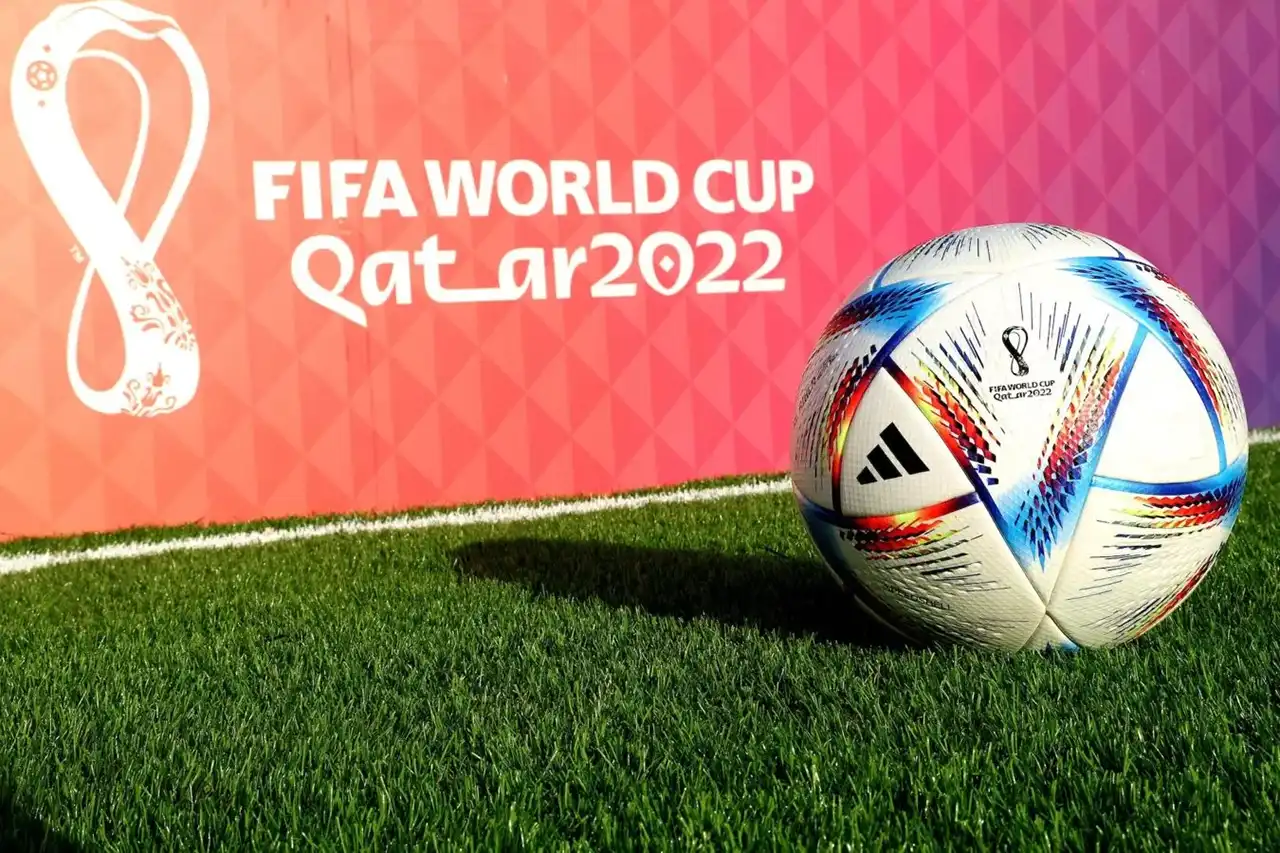
FEATURED SERIES
Table of Contents
The cooling system specifications
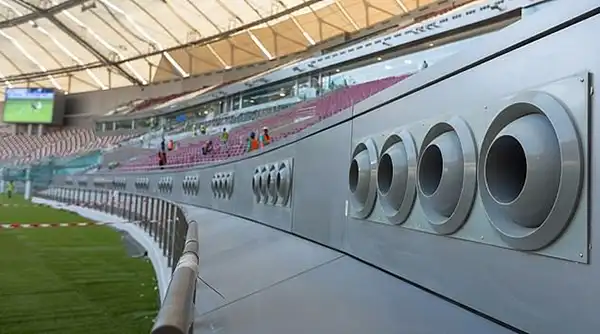
The system is expected to draw water from nearby sources and transport them to the stadium perforated seats. The water will be blasted by cold air which will cause a cooling effect to the stadium. It uses a technique of district cooling which is cooling some specific areas of the stadiums to avoid excess use of energy. To cut down on the cost of energy used, Qatar has installed solar panel plants which will use a lot of power line fittings which will help to ensure that there is less maintenance and replacement of the elements used in the technology. The solar panels will be used to power up the cooling systems together with parking lots and the stadium vicinity.
The developed system is based on sustainability, modularity and functionality to cool the system. The system has embraced the use of smart grids which include the use of renewable energy sources such as solar systems and wind turbines to power up the systems. This ensures that Qatar is not left with extra costs and debts from hosting the World Cup. Power line fittings will be greatly used in this case to allow mechanical attachments, electrical connections and prevent damage to the conductors and insulators used in the cooling technology. The systems check on design and climate balance to ensure that the stadiums temperature is balanced during the entire matches.
The design is created in a way that prevents a lot of hot air form getting into the stadium. The system is expected to be 40% more sustainable than existing techniques. In order to reduce energy consumption, the cooling technology will be recycling the cold air, which is cooled twice before being ejected outside, reducing the absorption of hot air outside. The power line fittings are used in applications of the stadiums like in the power supply, electrical distribution board and sustainability of the stadium. The designs of the stadiums have been modified to suit the temperatures of the country such as changing the roofs of the stadiums made from tents design from black to reduce the heat absorption of the materials.
Electricity cost reduction
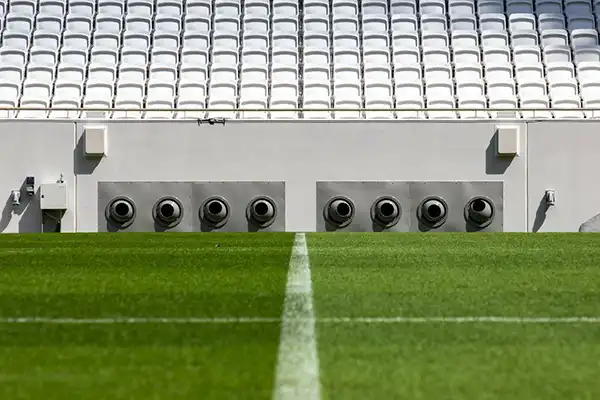
With this being the first debut for Qatar in the FIFA World Cup, Qatar has to meet a lot of expectations to give the fans the best time. The main challenge is how they will control the players and the spectators from the high temperatures experienced in the country. Qatar has overcome this challenge by building a cooling technology that will help air condition the stadiums.
To cut down on the cost of energy to be used in this technology, Qatar has embraced the use of renewable sources of energy like the solar energy to power up the cooling systems, parking lots and the stadium vicinity.
Pole line fittings which will be greatly used in the development of the stadiums are important to be used in telecommunication, utility pole mounting hardware or utility pole line hardware. They are used to secure the connections in the lines to prevent faulty currents. They include devices such as guy clamp, pole band, secondary clevis, secondary rack, street light arm, stay rod and yoke plates.
Energy efficient stadiums
Other than sustainability and being energy efficient, the stadiums are also a beauty to hold. They are constructed in the modern and traditional designs to create a great environment for the FIFA World Cup fans from all nations. The revolutionary stadiums built by Qatar will not only be the benchmark for football but also for future stadium designs. The 2022 World Cup stadiums are further discussed below.
Khalifa International Stadium
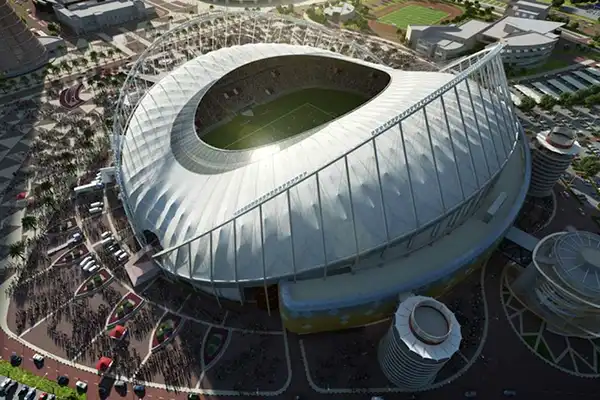
The stadium was opened back in 1976 with a current carrying capacity of 40,000. It is expected to have a carrying capacity of 68,030 after undergoing major renovations for the 2022 World Cup. It has a large platform area to be used to launch fireworks which is a great sight to see.
Al-Rayyan Stadium
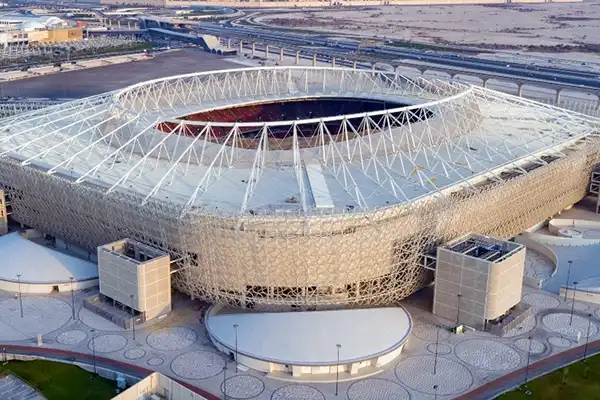
The stadium is used as a multi-sporting venue which can cause a lot of heat in the stadium. It has a membrane on the outer part of the building to show advertisements, live scores and match replays. This will ensure that fans can be able to watch the game from outside of the stadium. Pole line fittings will be greatly used in the displays to efficient power supply. The expected carrying capacity is 44,740.
Sports City Stadium
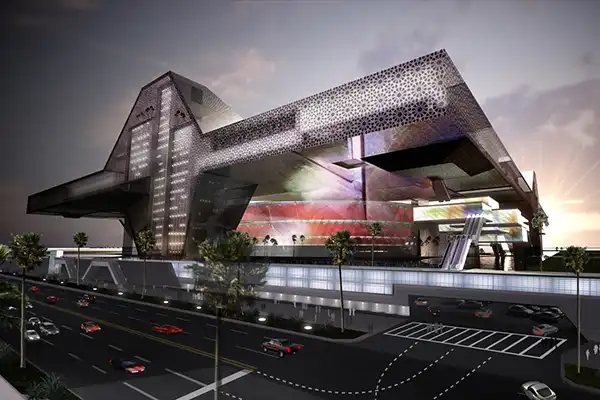
The stadium is based on the traditional tents and has a retractable roof, retractable pitch and retractable stands. Once the World Cup is over, the stadium will not only be used for football matches only but also for concerts, theatre performances and other athletic sports. The expected carrying capacity is 47,560.
Qatar University Stadium
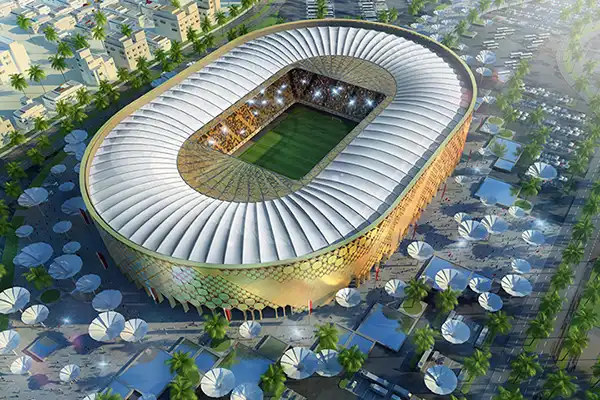
This will be the marginally smallest stadium. The stadium is built on campus and is replacing the current school arena. After the world cup, it will be split in two and part of the infrastructure will be donated to less privileged countries in need of sporting facilities. Pole line fittings such as guy clamp and secondary clevis are mostly used to secure connections in the lines thus bringing efficiency. It has a carrying capacity of 43,520.
Doha Port Stadium
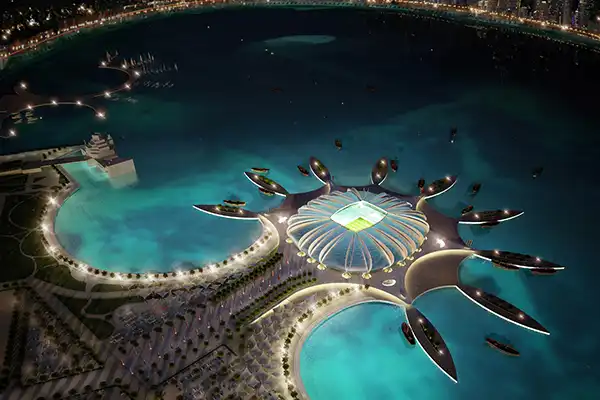
The stadium use water that is around it as the primary source of energy. The water will run around the building and will also act as a cooling agent in the stadium. There will be water taxis to get to the stadium.
Education city Stadium
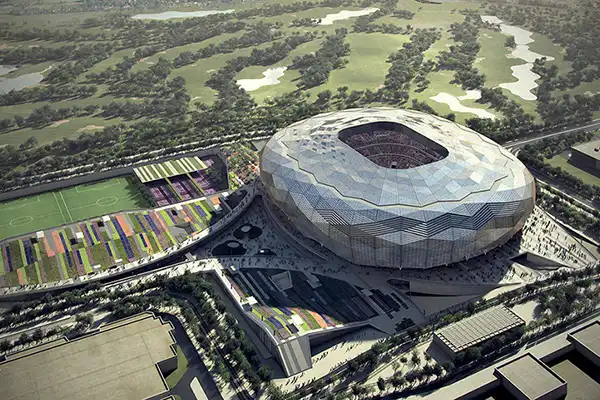
The stadium is located between university campuses and has a glimmer effect that lights up at night. It is highly accessible as it is only some few miles away from Bahrain on railway. It will be reduced after the world cup to hold 25,000 and will be used to host sporting activities for the universities. Power supply and distribution boards used in the stadium require pole line fittings to ensure efficient flow of power form one point to another. The expected carrying capacity is 45,350.
Al-Gharrafa Stadium
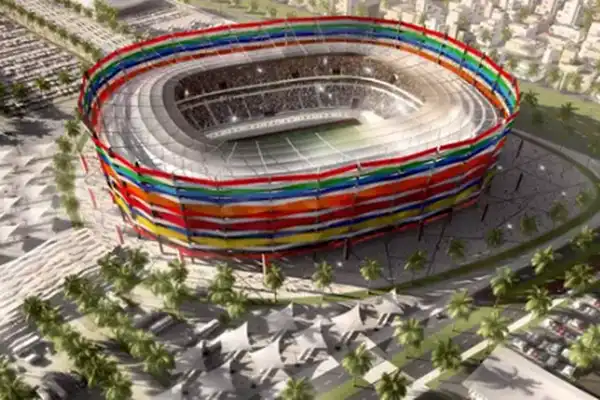
The stadium was built in 2003 with a capacity of less than 25,000. The outer part will be covered in ribbons to represent the nations which qualified for world cup 2022. Expected capacity is 44,170.
Lusail Iconic stadium
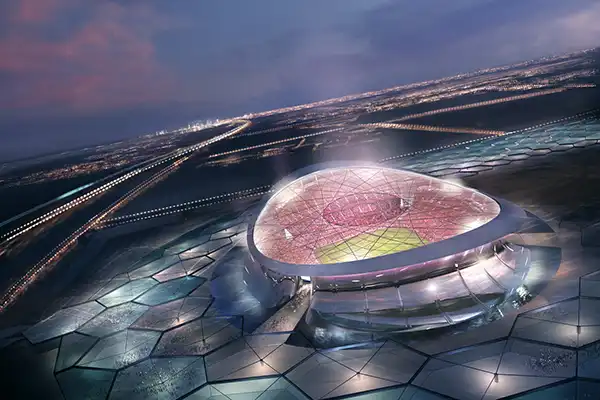
The stadium will hold the opening match and eventually the final 2022 World cup. It is designed to be energy efficient and capable of performing in extreme climatic conditions. Expected capacity is 86,250.
FAQs
How many teams will be participating in the 2020 FIFA World Cup?
The 2022 World Cup in Qatar will host 32 teams from all over the world.
What are power line fittings?
Power line fittings are components used in the mechanical attachments, electrical connections and preventing damage to the insulators and conductors used in the overhead lines.
What are some types of power line fittings used in the stadiums?
Examples of power line fittings include tension clamps, eye nuts, top ties, guy clamp, pole band and thimble clevis.

